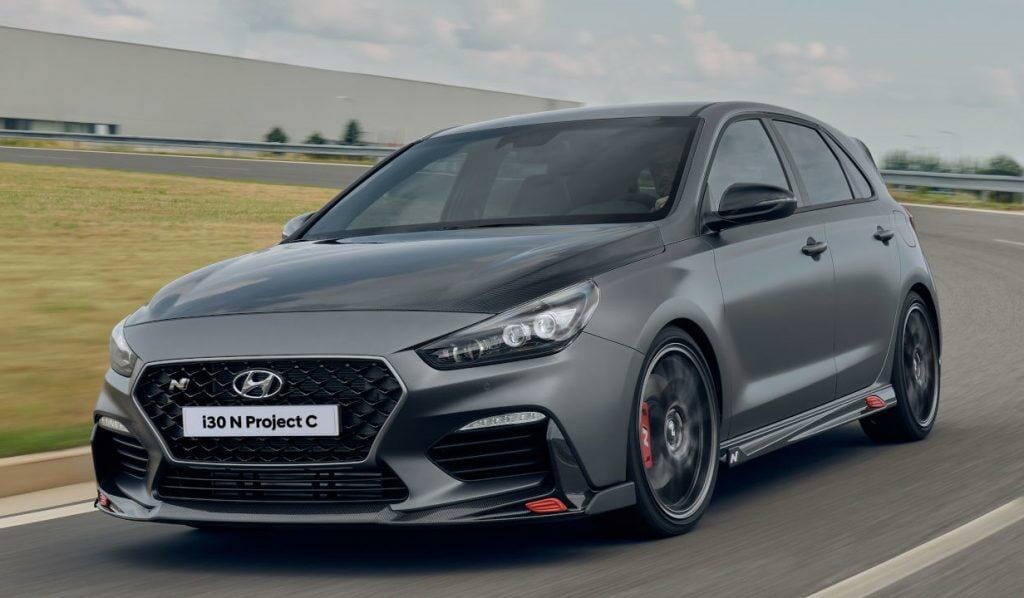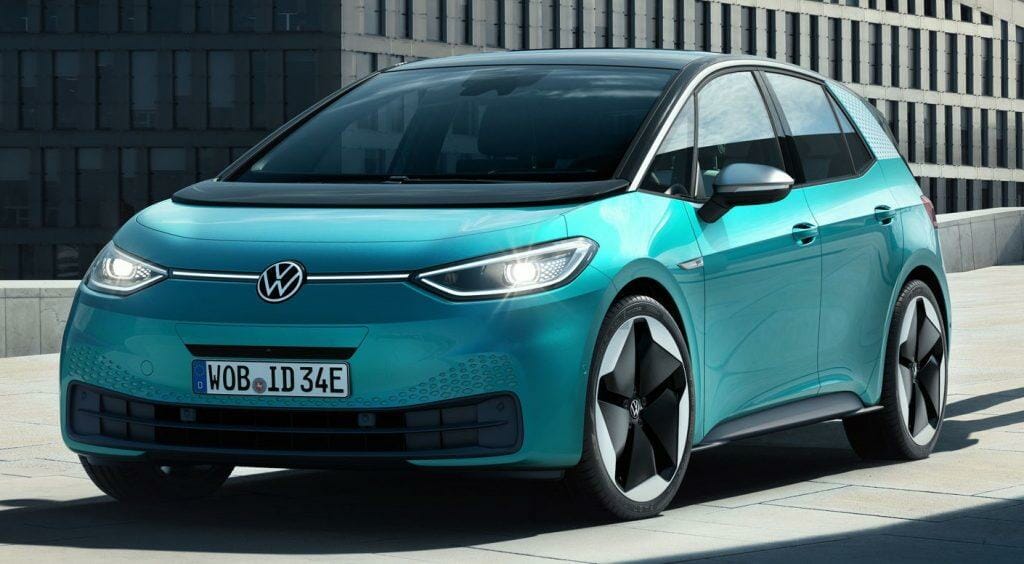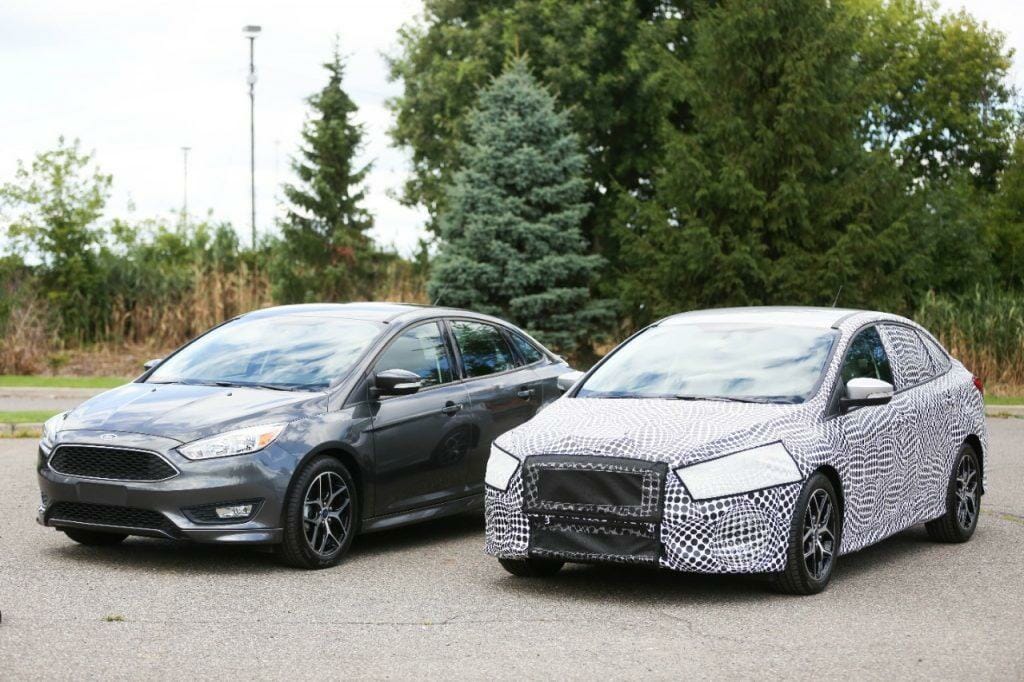When car manufacturers are getting ready to introduce new models, they conduct extensive tests. These include driving on public roads. And you can recognize prototypes being tested because they are covered with camouflage. But why?
Believe it or not, these camouflage patterns are not random. Design teams spend a lot of time designing effective camouflage patterns that are supposed to hide all car’s curves, creases and other most important design features. This takes a lot of work. Sometimes camouflage is black and white, sometimes more elaborate colourful patterns are used – as long as they accomplish their main function, manufacturers are happy.
You see, car manufacturers want to have those bombastic debuts. They want everyone to stop whatever they are doing and pay attention to the new car coming on the market. This generates media buzz and, if the debut is successful, ultimately results in good initial sales.


If the new car was to come on the market gradually and everyone saw how its design developed, there would be no big spike in public interest. The car would seem dated even when it is barely entering the market. “What else is new?”, people would ask seeing the new model making official debut.
Covering prototypes in camouflage helps controlling the media attention and creating marketing strategies. Manufacturer then knows at which point in time more people are going to be talking about the new model and they can prepare for that. Random spotting on the street is unpredictable and can catch the company off-guard, making it difficult to plan marketing campaigns.


Finally, those prototypes usually do not look that good. Camouflage stickers are just that – stickers. Under them you could see the car being poorly painted in several colours, scratches and maybe even some lose wires hanging out. These cars are not prepared to the same standard as customer cars are. They are ugly, because they are quickly built quickly exclusively just for testing.
But how does the camouflage work, you may ask. Well, first prototypes drive around with huge soft covers, which completely distort the very shape of the car. But later on prototypes are covered only with a stick-on camouflage. It can partially cover windows and lights in order to hide some distinctive design features. Brand’s logo can also be hidden (or just removed) in order to make it more difficult to recognize the car. But the silhouette itself is pretty much left in the open.

The function of the car camouflage is not so much to trick the eye, because you can still make out the 3-dimensional shape if you stand close enough, but to trick the camera. In the pictures it is very difficult to see where individual body lines are on these camouflaged cars. In fact, some camouflage patterns are so effective that cameras struggle to even focus on them.

And that is the thing you should remember – camouflage does not make cars invisible. It simply hides some details that manufacturers want to reveal in a big debut event.




